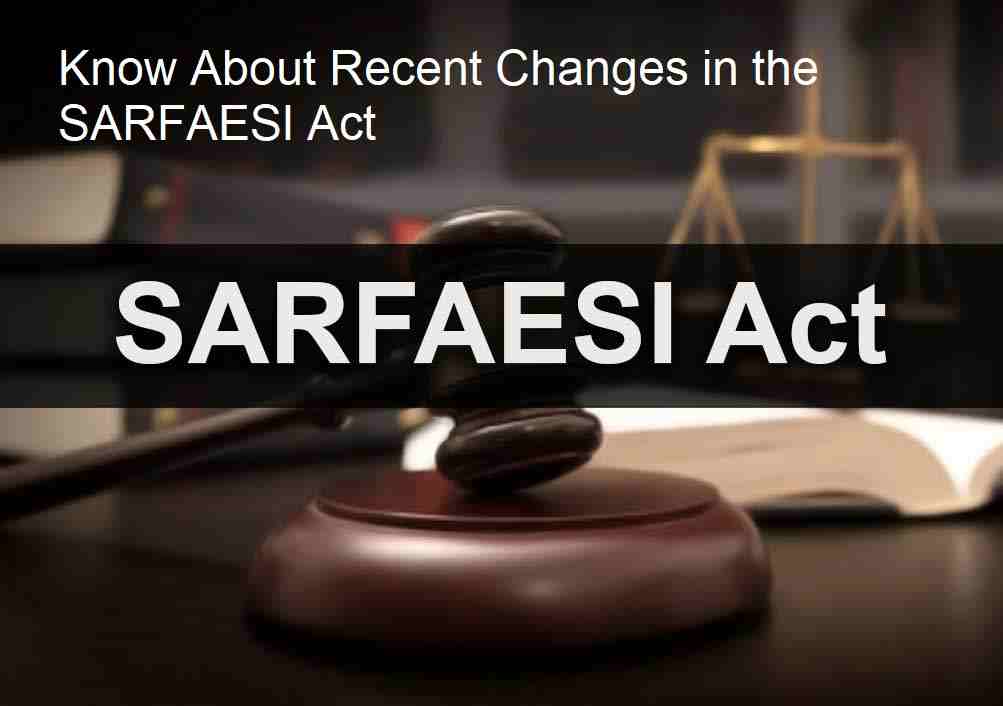Debt Recovery Tribunal (DRT) auction process is one of the ways to recover your dues. In this article, we will cover everything you need to know about the DRT auction process.
The DRT auction process is a legal method of recovering a borrower's debt by selling their assets through public auction. The process is governed by the Recovery of Debts Due to Banks and Financial Institutions (RDDBFI) Act, 1993, which established DRTs across India.
When can the DRT Auction Process be Initiated?
The DRT auction process can be initiated by a bank or financial institution when a borrower defaults on their loan payments. The bank or financial institution must first file a case in the DRT against the borrower and obtain a recovery certificate.
What is the time limit for DRT to complete the process
If an application follows the standard application procedure, the stipulated timeframe for case completion is 180 days. Conversely, when an application is submitted to the Debt Recovery Tribunal (DRT) under the SARFAESI Act, the resolution of cases is required to occur within a span of 60 days to 4 months.
What are the steps involved in the DRT auction process?
-
Filing a case in DRT: The bank or financial institution must file a case against the borrower in the DRT and obtain a recovery certificate.
-
Attachment of assets: Once the recovery certificate is obtained, the bank or financial institution can attach the borrower's assets to recover the dues.
-
Valuation of assets: A valuer is appointed by the DRT to determine the fair market value of the attached assets.
-
Auction Notice: The bank or financial institution must issue a public notice of the auction, including the date, time, and venue of the auction.
-
Auction: The attached assets are sold through public auction to the highest bidder. The proceeds from the auction are then used to recover the dues.
-
Distribution of proceeds: After deducting the expenses incurred in the auction, the remaining amount is distributed among the creditors in proportion to their dues.
What are the different types of DRT?
Presently four types of applications i.e., OA, SA, MA, and IA can be filed through e-filing window.
What are the advantages of the DRT auction process?
-
Quick resolution: The DRT auction process provides a relatively quick resolution to recover dues compared to other legal remedies.
-
Fair market value: The attached assets are sold through a public auction, ensuring a fair market value for the assets.
-
Efficient recovery: The auction process is an efficient way to recover dues as the proceeds from the auction are used to recover the debt.
Conclusion:
The DRT auction process is an effective legal remedy to recover dues from a borrower who has defaulted on their loan payments. It provides a relatively quick and efficient way to recover dues through the sale of attached assets. By understanding the DRT auction process, creditors can take appropriate legal action and recover their dues effectively.






